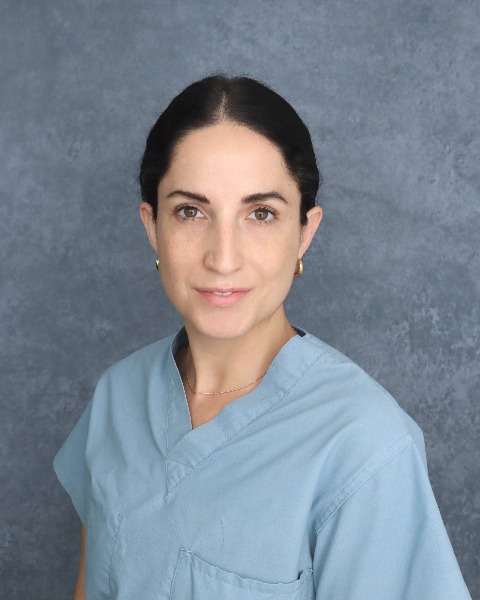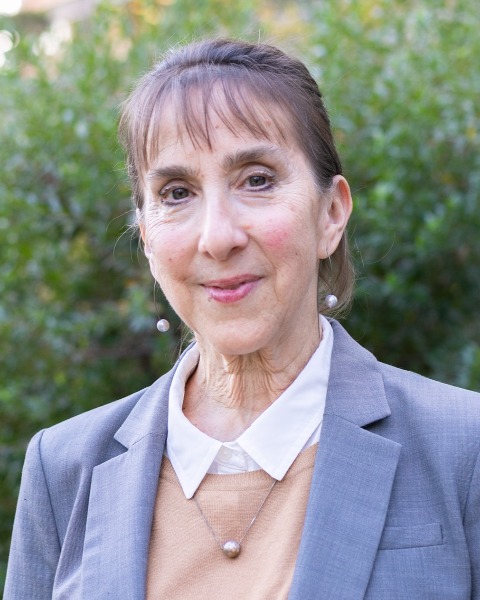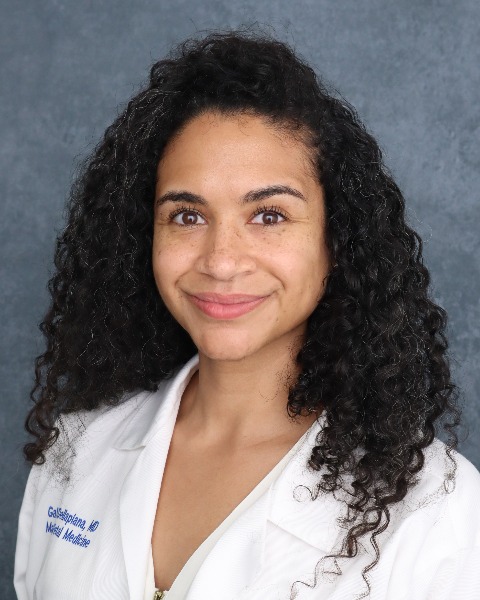Poster Session 2
(639) Risk factors for post-operative rectus sheath hematoma following cesarean delivery: a case control study

Sonya Fabricant, MD (she/her/hers)
Maternal Fetal Medicine Fellow
Cedars Sinai Medical Center
Los Angeles, California, United States- OO
Ojiugo Onwumere, MD
Resident
Cedars Sinai Medical Center
Los Angeles, California, United States - CT
Camelita Thrift, MD
Resident
Cedars Sinai Medical Center
Los Angeles, California, United States 
Naomi Greene, MPH, PhD (she/her/hers)
Research Scientist I
Cedars Sinai Medical Center
Los Angeles, California, United States
Gabriela Dellapiana, MD (she/her/hers)
Assistant Professor
Cedars Sinai Medical Center
Los Angeles, California, United States- MN
Mariam Naqvi, MD (she/her/hers)
Associate Professor, Maternal Fetal Medicine
Cedars Sinai Medical Center
Los Angeles, California, United States
Submitting Author and Presenting Author(s)
Coauthor(s)
To identify risk factors for rectus sheath hematoma (RSH) after cesarean delivery.
Study Design:
We conducted a case-control study of cesarean deliveries performed at a quaternary academic hospital between January 1, 2013 and December 31, 2023. Cases were patients who developed RSH following cesarean delivery and were identified using the Deep6 natural language processing search engine. Controls were patients without RSH and were matched 1:3 by age, race, and prior cesarean history. Demographic data, operative details, and perinatal outcomes were abstracted from the medical record and compared between cases and controls using t-test and chi-square as appropriate. Multivariable logistic regression was then performed to identify independent risk factors for RSH.
Results:
Of 22,104 cesarean deliveries during the study period, 32 (0.15%) developed postoperative RSH. There were no significant differences between groups in the rates of rectus muscle closure, rectus muscle transection, peritoneal closure, or bladder flap creation (Table 1). Univariate analysis revealed an increased odds of RSH with hypertensive disorders of pregnancy (14.6 vs 34.4%, p = 0.01), placental abruption (0 vs 6.3%, p = 0.01), multiple gestation (3.1 vs 12.5%, p = 0.04), longer duration of cesarean (60.8 vs 78.1 minutes, p = 0.004), anticoagulation during hospitalization (1.0% vs 9.4%, p = 0.02) and post-operative anticoagulation (0 vs 9.4%, p = 0.002) (Table 2). After multivariable adjustment, independent predictors of RSH were anticoagulation during hospitalization (adjusted odds ratio [aOR] 16.3, 95% confidence interval [CI] 1.5 – 174), multiple gestation (aOR 7.5, 95% CI 1.4 – 38.3), and cesarean duration > 90 minutes (aOR 8.7, 95% CI 2.8 – 27.3).
Conclusion:
Anticoagulation and prolonged surgical time are independent risk factors for RSH after cesarean delivery. Notably, rectus muscle closure was not associated with RSH.

